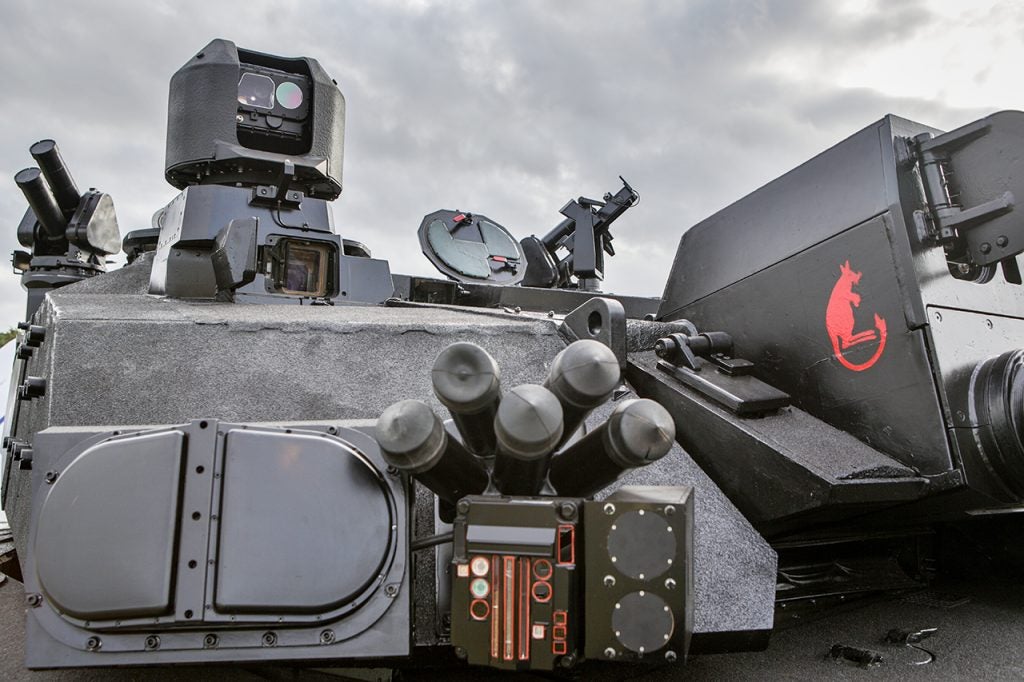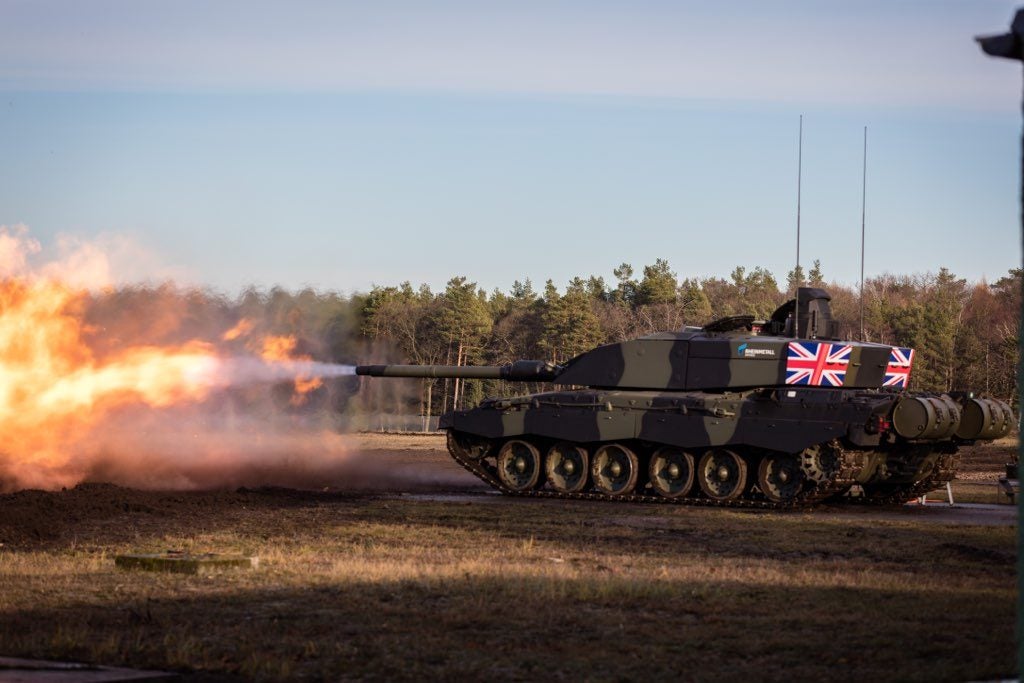Gun Launched ATGM for Challenger 2 LEP?
A House of Commons Defence Committee hearing on 7 July revealed that the British Army is looking into a gun launched anti-tank guided missile (ATGM) as part of the Challenger 2 Life Extension Program (LEP), in addition to the program having a “need” for a smoothbore gun.
General Sir Nick Carter, Chief of the Defense Staff, said during the hearing in response to a question from Member of Parliament Mark Francois on the intended date for initial operational capability for Challenger 2 LEP:
“I think the requirement is now pretty clear, and that is one of the reasons why Challenger 2 is taking a long time. It is because there was this realisation that the programme was not ambitious enough. It needed a smoothbore gun. It needed the ability to put a missile down that barrel to overmatch Armata, as you rightly describe. It needed its protection levels to be significantly enhanced. So the requirement has evolved. I think the Army now has a very clear idea of what it needs. The trick now is to find the resources to get behind what it needs.”
The Rheinmetall proposal for the Challenger 2 LEP features an all-new turret featuring a 120mm L/55 smoothbore gun as introduced on the Leopard 2A6 and subsequent Leopard 2 models, with the new turret design incorporating improved frontal armor. Rheinmetall claims that the turret is equipped with provisions for the integration of both hard-kill and soft-kill active protection systems, although the competing Black Night proposal by BAE Systems had IMI’s Iron Fist hard-kill APS integrated, albeit on the existing Challenger 2 turret. With Rheinmetall and BAE Systems now in a joint venture to produce the Rheinmetall Boxer armored fighting vehicle for the British Army, it remains to be seen if elements from Black Night will make their way into the Rheinmetall proposal.

More intriguing is the mention of a need to “put a missile down that barrel to overmatch Armata”. While there are gun-launched ATGMs that are advertised as compatible with NATO 120mm smoothbore guns such as Israel Aerospace Industries’ LAHAT and the Ukrainian Luch State Design Bureau’s Konus (developed from the Falarick ATGM family jointly developed with John Cockerill of Belgium for use with the latter’s turrets for armored fighting vehicles), none of them have seen adoption with NATO militaries to date.
Gun-launched ATGMs are more commonly seen in the Russian military and other militaries using Soviet or Russian armor, where doctrine calls for their use at long ranges where the accuracy of an APFSDS shot cannot be guaranteed. A notable downside, however, is that size constraints restrict the size of the missile’s shaped charge compared to other anti-tank guided missiles, limiting their anti-armor capabilities even with use of tandem charges to defeat reactive armor. The Sokol-V ATGM in development for the T-14 Armata takes the concept to an extreme, with its design specifications calling for a fire and forget missile capable of top attack and non-line-of sight engagements, with a guidance system featuring an imaging IR seeker, inertial and satellite guidance in addition to the beam riding guidance. While clearly technically ambitious, its development and fielding will almost certainly be severely constrained by the Russian military’s budgetary and technical issues, as demonstrated by the protracted gestation of its own launch platform.
Budgetary issues courtesy of the aftermath of the Coronavirus and Brexit are likely to pose a similar problem for the British Army, should they actually seriously pursue the development of a new ATGM to “overmatch” the Sokol-V or the earlier Sprinter in development for the T-14, or adopt and integrate an existing ATGM. Additionally, increasing proliferation of APS and hard-kill APS in particular make the case for a gun-launched ATGM increasingly shaky.
Rheinmetall is already offering its DM63A1 APFSDS and DM11 programmable multipurpose HE shells as part of its LEP proposal, the most advanced ammunition currently made by the company. With those more than sufficient against the most common Russian threats like the T-72B3 and T-90, it remains to be seen whether the pursuit of such a niche capability will survive past this November, when the Ministry of Defense will consider the main gate business case for the Challenger 2 LEP.

